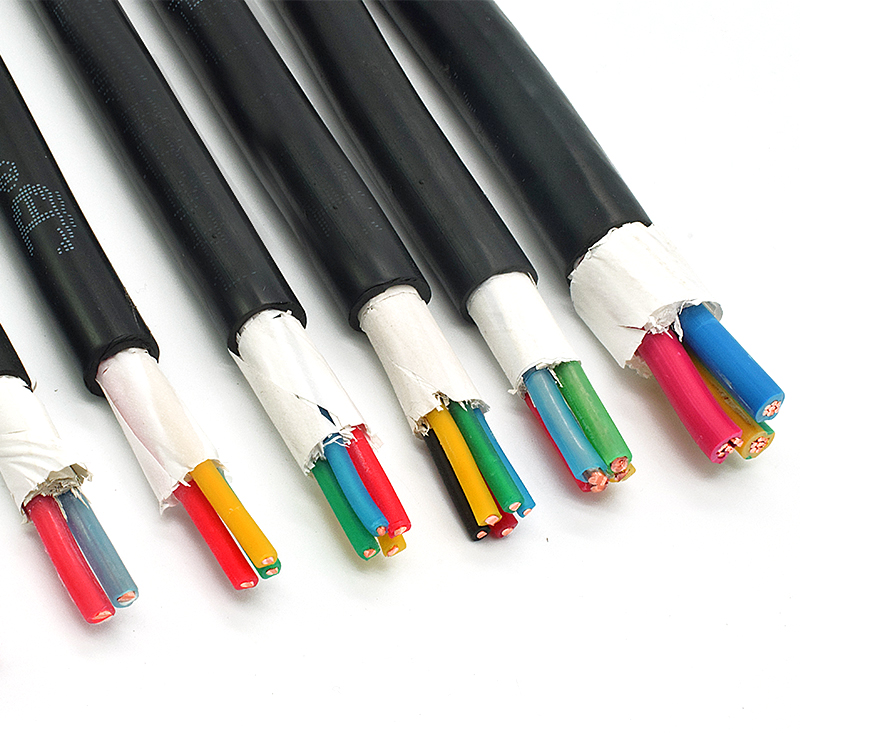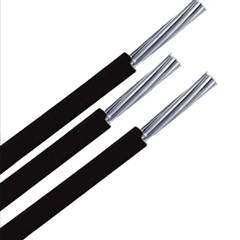Factors affecting Aerial Bundled Cable (ABC) SANS 1418 Standard and placement in the wiring six factors affecting cable performance:
- Ultraviolet (UV)– Do not use cables without UV protection in direct sunlight.
- Heat — The temperature of the cable in the metal tube or groove is very high, and many polymeric materials will degrade their service life at this temperature.
- Water — moisture in a twisted-pair cable on a LAN can increase the capacitance of the cable, thereby reducing the impedance and causing near-end crosstalk problems.
- Mechanical damage (repair cost)– Cable repair is very expensive and requires at least two terminations at each break point.
- Grounding — If the shielding of the cable needs to be grounded, the appropriate standards must be complied with.
- Total length of routing (not just between buildings)– Outdoor LAN twisted pair cables are used between buildings and the total length is limited to 90 meters. For 100Mbps or 1000Mbps networks, the paved distance cannot exceed this limit. If the laying distance is between 100 meters and 300 meters, optical cable should be chosen.

Is the cable placed in:
1.Under the eaves. 4/0 Aluminum Cable can only be used when they are not directly exposed to sunlight or ultra-high temperatures. Standard LAN cables are recommended.
- Exterior wall. Avoid direct sunlight exposure to the wall and man-made damage.
- In pipes (plastic or metal).If in pipes, pay attention to the damage of plastic pipes and the heat conduction of metal pipes.
- Hanging applications/overhead cables. Consider cable sag and pressure. What kind of binding do you plan to use? Whether the cable is exposed to direct sunlight.

- It is directly laid in the underground cable trench, which is the least controlled environment. The installation of cable trench should be checked regularly for dryness or humidity.
- Underground pipes. In order to facilitate future upgrades, cable replacement and isolation from surface pressure and surrounding environment, auxiliary pipe isolation, auxiliary pipe is a better method. But don’t expect the pipes to stay dry forever, which will affect the type of cable you choose.
